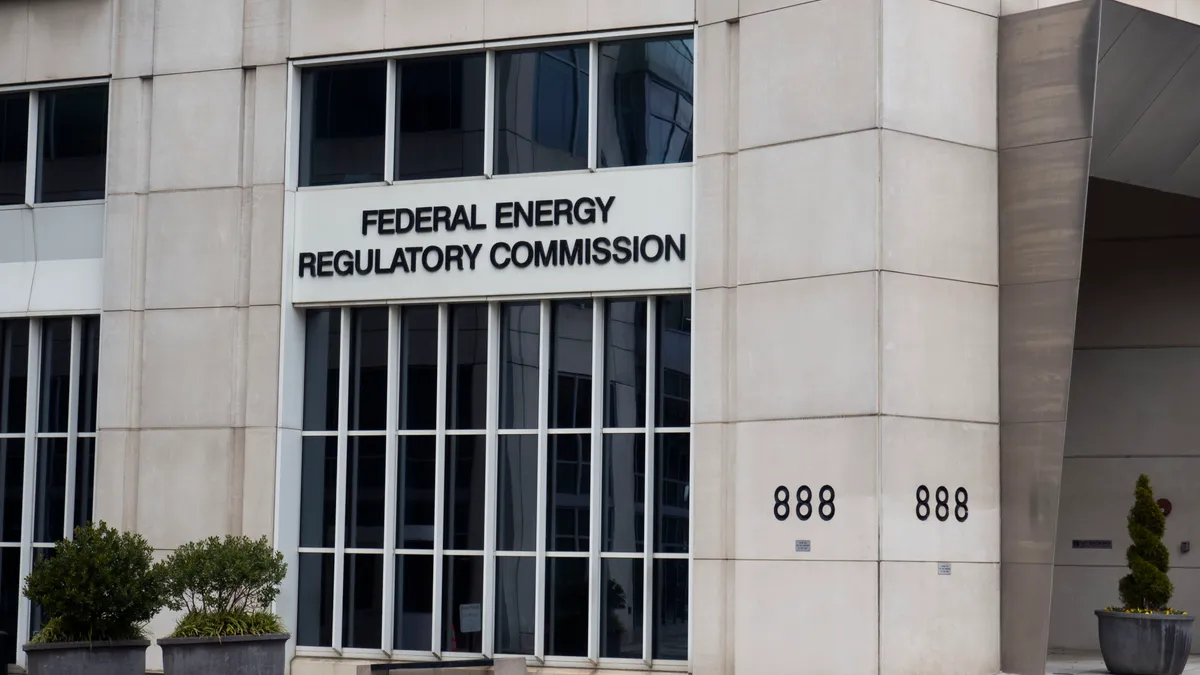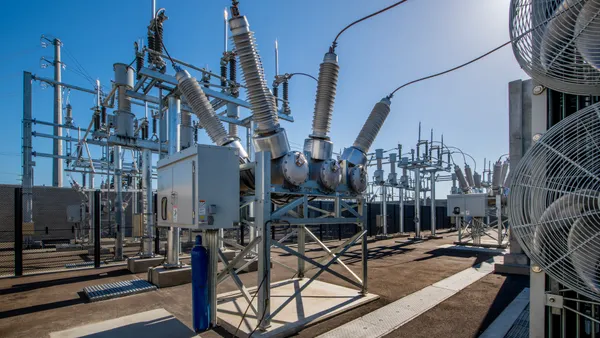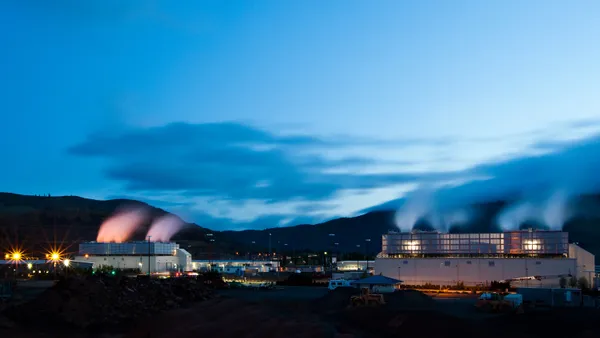Dive Summary:
- According to the Energy Information Administration (EIA), on site residential electricity consumption was 3.1 times less than residential electricity consumption of primary fuel, which means it took 3.1 units of primary energy to generate one unit of electricity.
- While natural gas consumption in the residential sector has essentially flatlined since 1970, electricity use has risen to the point where on site residential consumption of natural gas and electricity are approximately the same; however, primary fuel consumption for electricity in the residential sector is three times that of natural gas.
- Although energy efficiency has improved both in homes and with regards to primary fuel consumption (in 1950, it took five units of primary energy for every unit of electricity compared), such benefits have been offset by an increase in use; for example, according to the EIA's Residential Energy Consumption Survey, 22% of homes had three or more TVs and under 45% used central air conditioning in 1993; by 2009, almost 50% had three or more TVs and over 60% use central air conditioning.

From the article:
"... Unlike natural gas consumption in the residential sector, which has remained nearly flat for decades, and consumption of other fuels, which has declined, the use of electricity in the residential sector has grown. Electricity powers dozens of machines in homes, including heating and cooling equipment, cooking appliances, refrigerators, dishwashers, and an ever-growing number of home entertainment and rechargeable devices. Although many electric end-uses are covered by federal efficiency standards or voluntary programs like ENERGY STAR®, increases in both the percentage of homes with those devices and, in the case of electronics like televisions and computers, the number of devices per household have offset efficiency gains in residential electricity use. ..."














